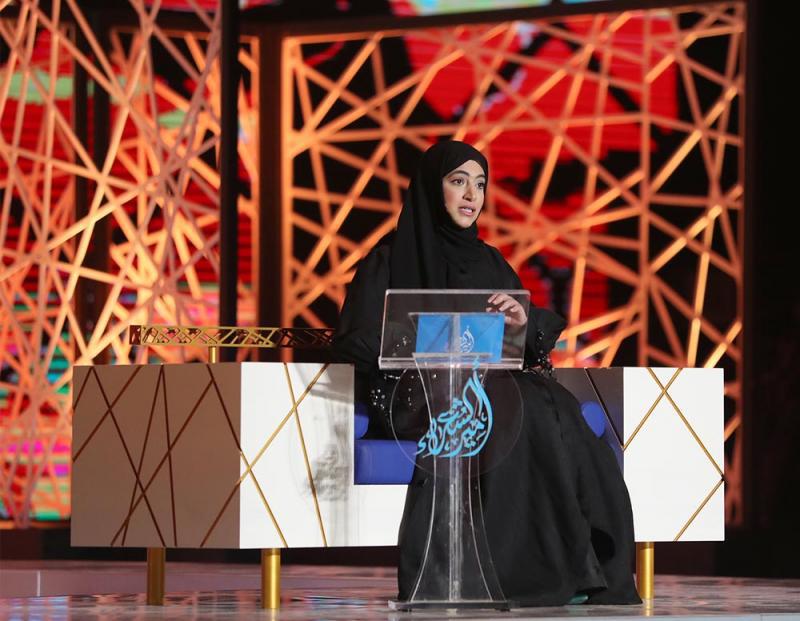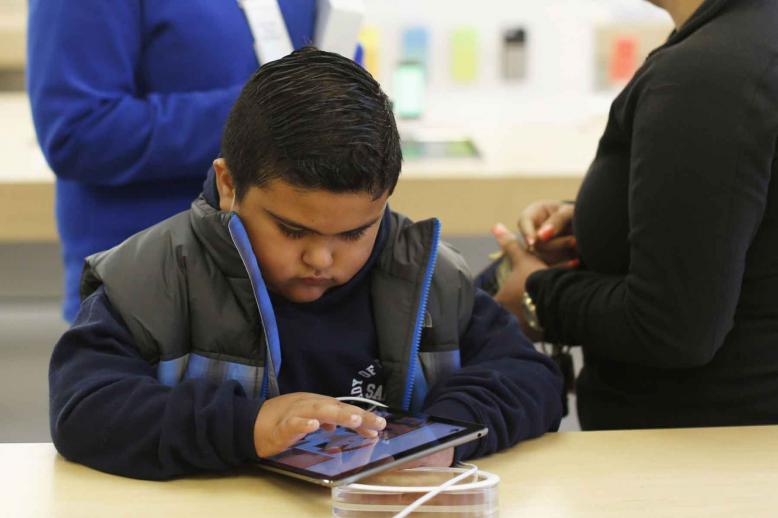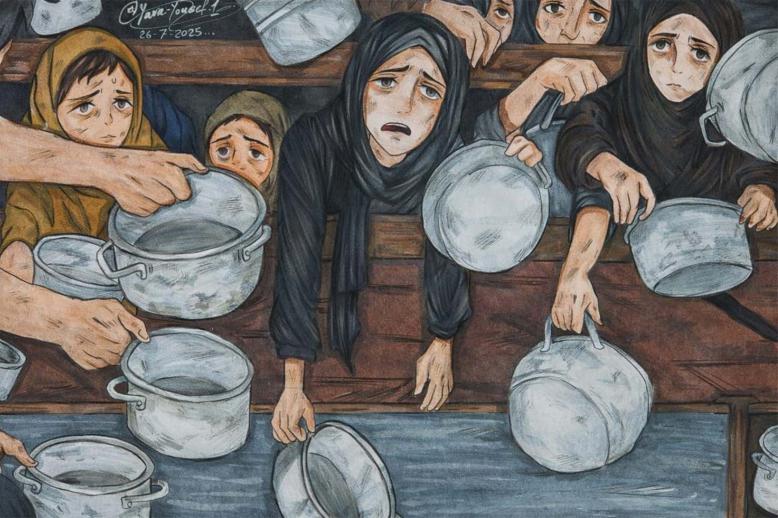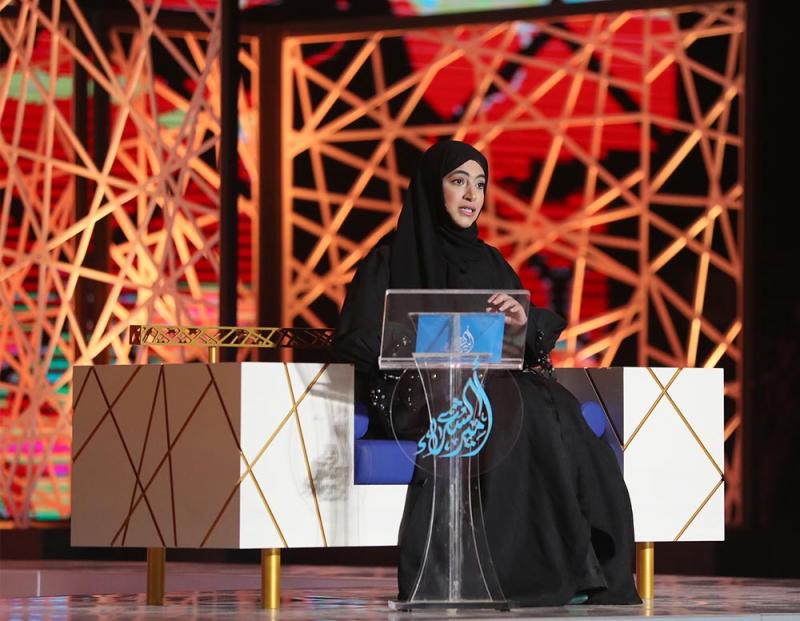The seductive appeal of Arabic poetry
For hundreds of years, poetry has been the pre-eminent form of artistic expression in the Arab world and an intimate part of the region’s language and culture. In the Gulf especially, poetry has played a major role, with people viewing the craft as a pillar of their identity and heritage.
Visiting the United Arab Emirates in recent years, I have been incredibly impressed by how popular the art is in the Gulf region and by the skill of many poets, some as young as 6 and 7 years old.
Knowing that poetry is a sophisticated art form with a unique structure, I was puzzled by the genius of young children from Saudi Arabia, Bahrain, the UAE, Oman and Kuwait who could instantly compose poems with complex themes and rhythms before skilfully reciting them.
After listening to many young talents, I understood the significance and mystery this art craft has held for people of the Arabian Peninsula and the high stature accorded poets in their societies.
Since pre-Islamic ages, the Arabian Peninsula has been home to world-class poetry that is deeply connected to values of bravery, nobility, eloquence and, at times, sensitivity.
The birthplace of the most exquisite gems of Arabic poetry is Saudi Arabia, where the seven wonders of this art, Mu’allaqat, were once, tradition says, suspended on the Kaaba in Mecca.
Saudis take great pride in this heritage, through which they have developed a reputation for being among the most eloquent people in the region and the Arab world. With poems by Antarah ibn Shaddad, Al-Khansa, Imru’ al-Qais, Samaw’al ibn ‘Adiya and Zuhayr bin Abi Sulma, Saudi history is full of wondrous stories of adventures, great achievement and bravery.
The history of poetry in Saudi Arabia does not stop there. From one generation to another, Saudis have built on this great tradition, with contemporaries such as Ali al-Damini, Hissa Hilal, Ali Al-Hawirini and Thuraya Qabil carrying the torch today.
For those interested in learning about the unique history of Saudi poetry and culture, there is no better place than “In the Footsteps of Arabs,” broadcast by Al Arabiya TV.
Presented by the brilliant Eid al-Yahya, the programme explores Saudi history and presents exceptional poetry by some of the best poets in the world. In each episode, viewers are transported into a magical dimension, where stories of Arabian knights, great poets, brave women and a unique land come to life, demonstrating the core values of Saudis and their deep-seated heritage.
Saudis’ passion for poetry is shared by many of their Arabian Peninsula neighbours, who have also made rich contributions to the field. Indeed Emiratis, Yemenis, Qataris, Kuwaitis and Bahrainis have all left their mark on Arabic poetry, using the art’s power to express pain, beauty and wonder, as well as to convey deep messages, stories and emotions.
Throughout the centuries, poetry’s popularity has only grown in the region, attracting new audiences in the Arabian Peninsula and Arab countries in North Africa and the Levant.
Today, the trend has been boosted by Emirati TV programmes such as “Million’s Poet” and “Prince of Poets,” which are some of the most popular competition shows in the world, sometimes designated as the Arab world’s equivalent of “American Idol.”
In the UAE, poetry is celebrated at all festivals and national celebrations, including Al Dhfara Camel Festival, the Liwa Date Festival, the Baynounah Camel Mazaynah and the UAE’s National Day. In Abu Dhabi, Dubai, Sharjah and the rest of the seven emirates, the least that can be said is that poetry has been a daily practice in Majalis (social gatherings) and during smaller private occasions.
So what is that that makes poetry so powerful and ubiquitous?
After discussing the topic with Emiratis and Saudis in Abu Dhabi, I may have solved the riddle. Poetry to many in the Gulf is the most effective way to communicate a message to the outside world. Not only does it change our way of viewing the world, they say, it pushes us to think outside the box and engage with powerful, layered messages full of depth and emotion.
I share this view. Arabic poetry is an art of a thousand colours, with themes ranging from Madih (eulogy or panegyric) to Hija (a poem criticising someone), Ritha (elegy), Wasf (description), Ghazal (love poems), Tardiyyah (hunt poetry), Fakhr (pride poems) to Hamasah (war poems).
Before visiting the Arabian Peninsula, I was more than fond of classical poetry and a true admirer of the Arabic language as a vehicle for one of the greatest cultures the world has known. Once there, I fell under the spell of the Nabati, the most popular poetic genre in the Arab Gulf region.
While Nabati poetry may resemble classical poetry in its form and artistic structure, it is distinct in its use of Bedouin vernacular. When listening to Nabati, one is struck by the pure charm of its desert heritage.
Unlike many poems in the West, Nabati poems are true extensions of Arabian culture and values passed down across generations. They are aimed at preserving the collective memory of the region and paying homage to the coexistence of nature and man.
Luckily, Nabati is accessible to those who speak and read Arabic, though it may require some effort to decipher certain terms from various local dialects. While it may be a difficult undertaking, requiring time and energy to understand, Nabati poetry is a worthwhile endeavour.
My hope is that such poems will be translated into more languages so the world can share in the immense talent of the people of the Gulf and feel the beautiful sensation conveyed through their meticulously crafted and beautifully recited words.
Iman Zayat is the Managing Editor of The Arab Weekly.
This article was originally published in The Arab Weekly.







